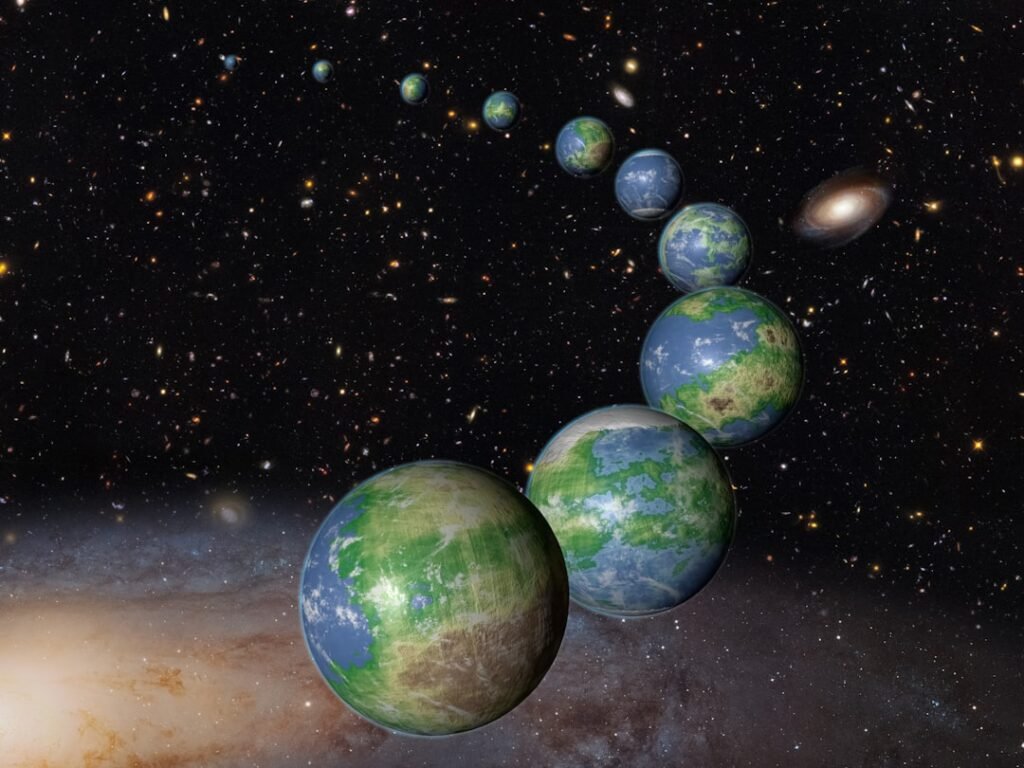Have you ever wondered how the dance of planets billions of miles away could shape life on our very own planet? Throughout Earth’s vast 4.5-billion-year history, the gravitational ballet performed by celestial bodies has orchestrated some of the most dramatic climate shifts and evolutionary leaps our world has ever witnessed.
While most of us think of planetary alignments as spectacular sky shows, the truth runs far deeper. These cosmic choreographies have quietly steered everything from ice ages to mass extinctions, acting as invisible conductors of Earth’s climate symphony. The intricate gravitational relationships between planets, particularly the massive influences of Jupiter and Saturn, have created cycles that continue to pulse through our planet’s systems today.
The Milankovitch Cycles: When Planets Control the Climate
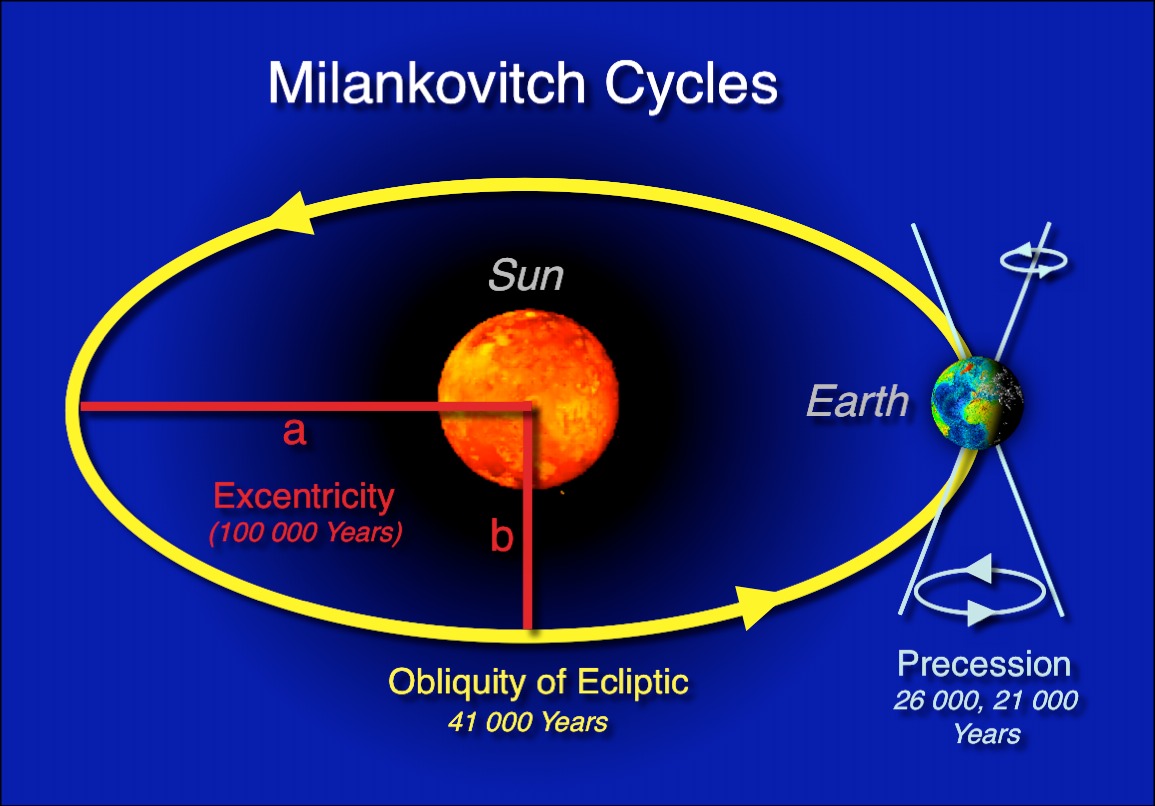
A century ago, Serbian scientist Milutin Milankovitch hypothesized the long-term, collective effects of changes in Earth’s position relative to the Sun are a strong driver of Earth’s long-term climate, and are responsible for triggering the beginning and end of glaciation periods. Specifically, he examined how variations in three types of Earth orbital movements affect how much solar radiation (known as insolation) reaches the top of Earth’s atmosphere as well as where the insolation reaches.
These cyclical orbital movements, which became known as the Milankovitch cycles, cause variations of up to 25 percent in the amount of incoming insolation at Earth’s mid-latitudes, creating profound climate consequences. The three main cycles involve changes in Earth’s orbital eccentricity, axial tilt, and precession, each operating on different timescales.
In 1976, a study in the journal Science by Hays et al. using deep-sea sediment cores found that Milankovitch cycles correspond with periods of major climate change over the past 450,000 years, with Ice Ages occurring when Earth was undergoing different stages of orbital variation. This breakthrough validated Milankovitch’s mathematical predictions with hard geological evidence.
Jupiter and Saturn: The Gravitational Puppeteers

Not only does Earth wobble on its rotational axis, but Earth’s entire orbital ellipse – that is, the oval-shaped path Earth follows in its orbit around the Sun – also wobbles irregularly, primarily due to its interactions with Jupiter and Saturn. These gas giants, with their immense gravitational fields, act as cosmic puppet masters pulling Earth’s orbit into different configurations.
Venus’s tug is so strong because it’s our closest planetary neighbor, approaching as close as 25 million miles. The sheer size of Jupiter – which is roughly 318 times as massive as Earth – means it also has an outsized pull on our planet. Together, these planetary influences create predictable orbital variations that have shaped Earth’s climate for millions of years.
The analysis demonstrated that the climate swings took place every 405,000 years for at least the last 215 million years, or through the Late Triassic age when dinosaurs roamed the Earth. This remarkable consistency shows how planetary mechanics have maintained their influence throughout deep geological time.
The Venus-Jupiter Climate Dance
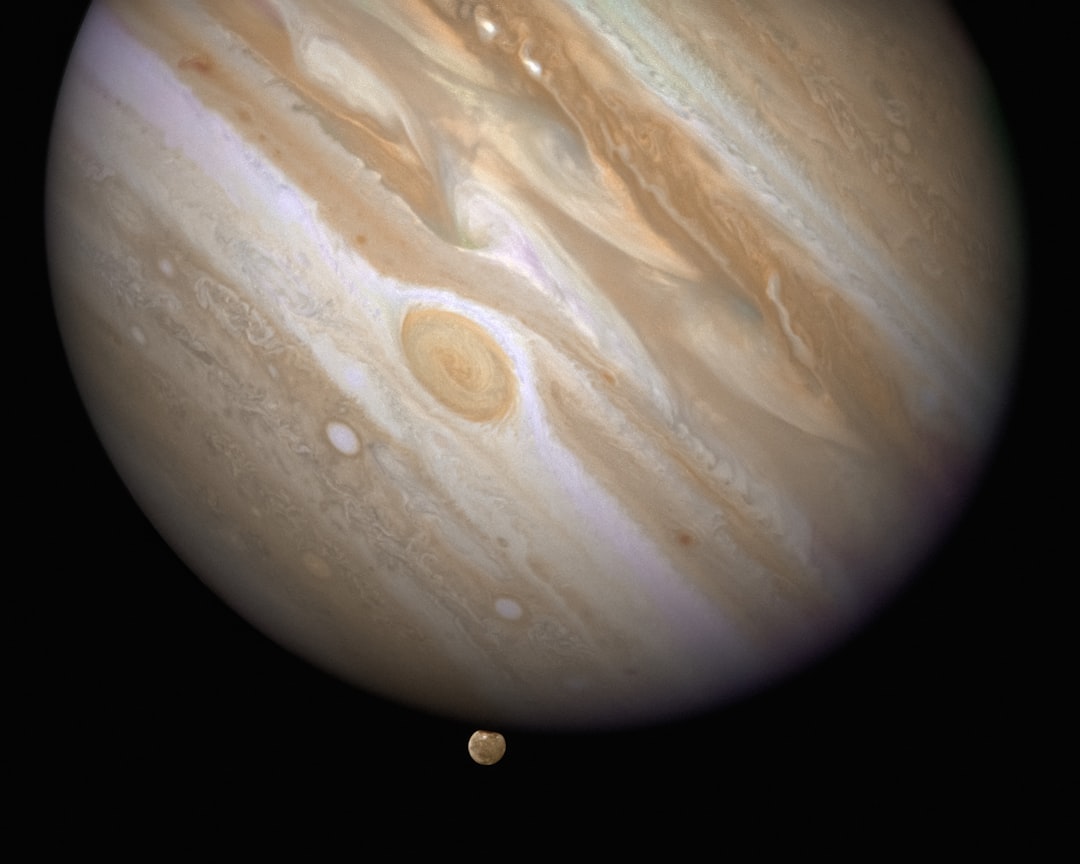
A new study presents the first physical evidence that the Venus’ and Jupiter’s gravity can cause shifts in Earth’s orbit – and swings in its climate – every 405,000 years. This gravitational partnership creates one of the most stable and long-lasting climate cycles known to science.
Scientists have for decades posited that Earth’s orbit around the sun goes from nearly circular to about 5 percent elliptical, and back again every 405,000 years. If you were wondering, the Earth is currently in the nearly circular part of the 405,000-year period. This positioning means we’re experiencing relatively stable seasonal patterns compared to what occurs during peak orbital eccentricity.
At the peak of that warped orbit, Earth undergoes hotter summers, colder winters as well as more intense periods of drought and wetness. Knowing how this cycle works could impact on our understanding of past climate change and the arrival and disappearance of plant and animal species.
Mars and Earth’s 2.4-Million-Year Ocean Connection
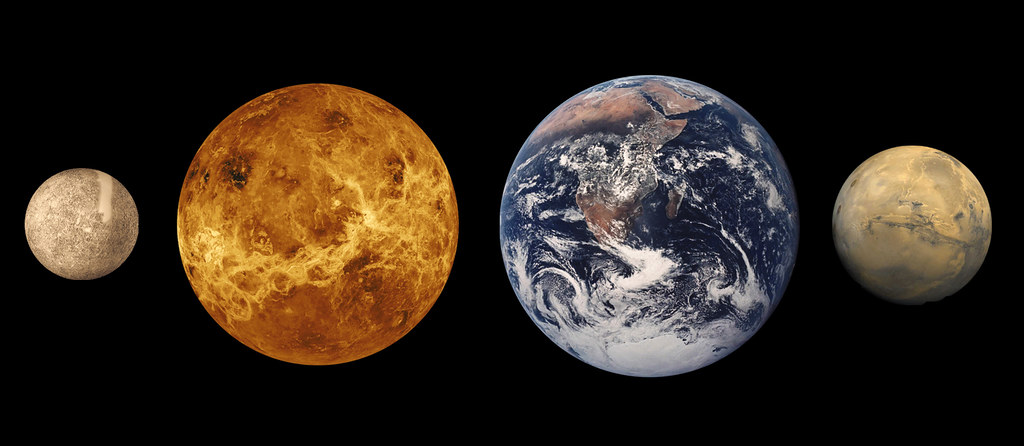
Tiny changes in one planet’s motion may knock others’ askew – at first slightly, but as eons pass, these changes resonate against each other, and the system morphs in ways impossible to predict using even the most advanced math. Mars, despite being smaller than Earth, exerts a surprising influence on our planet’s ocean systems through complex orbital resonances.
Recent research has uncovered a fascinating 2.4-million-year cycle connecting Mars’s gravitational influence to Earth’s ocean circulation patterns. This discovery demonstrates how even relatively small planetary bodies can create far-reaching effects when their orbital mechanics align in specific ways.
We also would like to include deposits that extend the record up 20 million years or so towards the present, and another low-latitude core that we can precisely date. With those, we would be able to determine what if any changes have taken place in that Mars-Earth gravitational dance. Scientists continue working to map these intricate planetary relationships across deep time.
The Great Alignment of 2000: A False Alarm
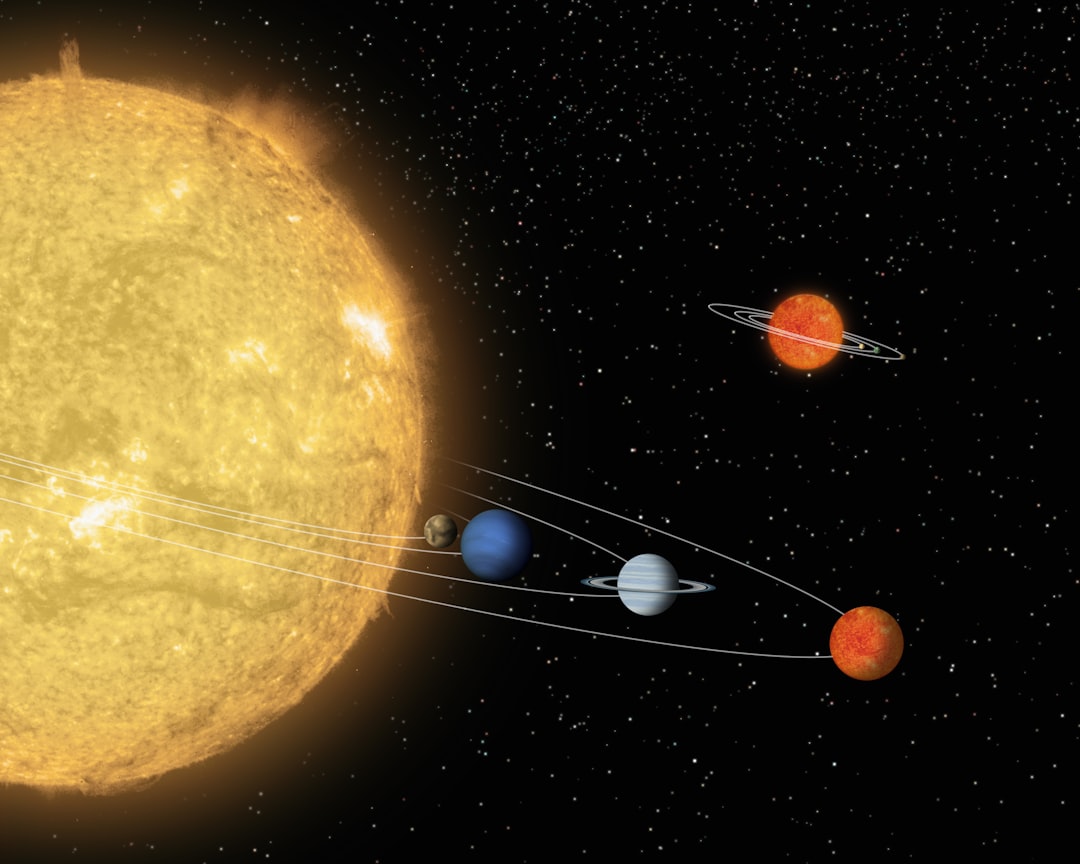
On May 5, 2000 the planets Mercury, Venus, Earth, Mars, Jupiter, and Saturn will be more or less positioned in a line with the Sun. This rare planetary alignment sparked widespread apocalyptic predictions and doomsday scenarios among the public.
Although this has led to many dire predictions of global catastrophes such as melting ice caps, floods, hurricanes, earthquakes, etc. there is absolutely no scientific basis for these claims. The distance to the planets is too great for their gravity, magnetic fields, radiation, etc. to have any discernible effect on Earth.
While each planet has a minute and virtually undetectable gravitational pull on the Earth, with the planets on the opposite side of the Sun the force from each body will actually be at its absolute minimum during the alignment. This event perfectly illustrated the difference between sensational media coverage and scientific reality regarding planetary alignments.
Planetary Alignment Events and Misconceptions

Recent planetary alignments have captured public attention, though great conjunctions of Jupiter and Saturn actually occur approximately every 20 years. Historical records suggest that stargazers of that era linked such events to omens, astronomical wonders, or divine messages. Recent planetary alignments have captured public imagination, though their actual effects on Earth remain minimal.
Stargazers across the globe are marveling at a rare celestial event occurring this week: a spectacular planetary alignment that last happened nearly four centuries ago. This breathtaking phenomenon has drawn the attention of astronomers, casual observers, and enthusiasts alike, as five planets – Mercury, Venus, Mars, Jupiter, and Saturn – line up in a dazzling display. The alignment is expected to peak around January 21, offering an unparalleled view of the planets spread across the night sky in near-perfect harmony.
Some people, especially on social media, falsely claim that alignments can cause tsunamis, earthquakes, and other global disasters due to the gravitational forces of other planets. This nonsense has been repeatedly debunked. In reality, alignments do not affect gravity or human life, but they are cool astronomical events.
Mass Extinctions and Planetary Mechanics
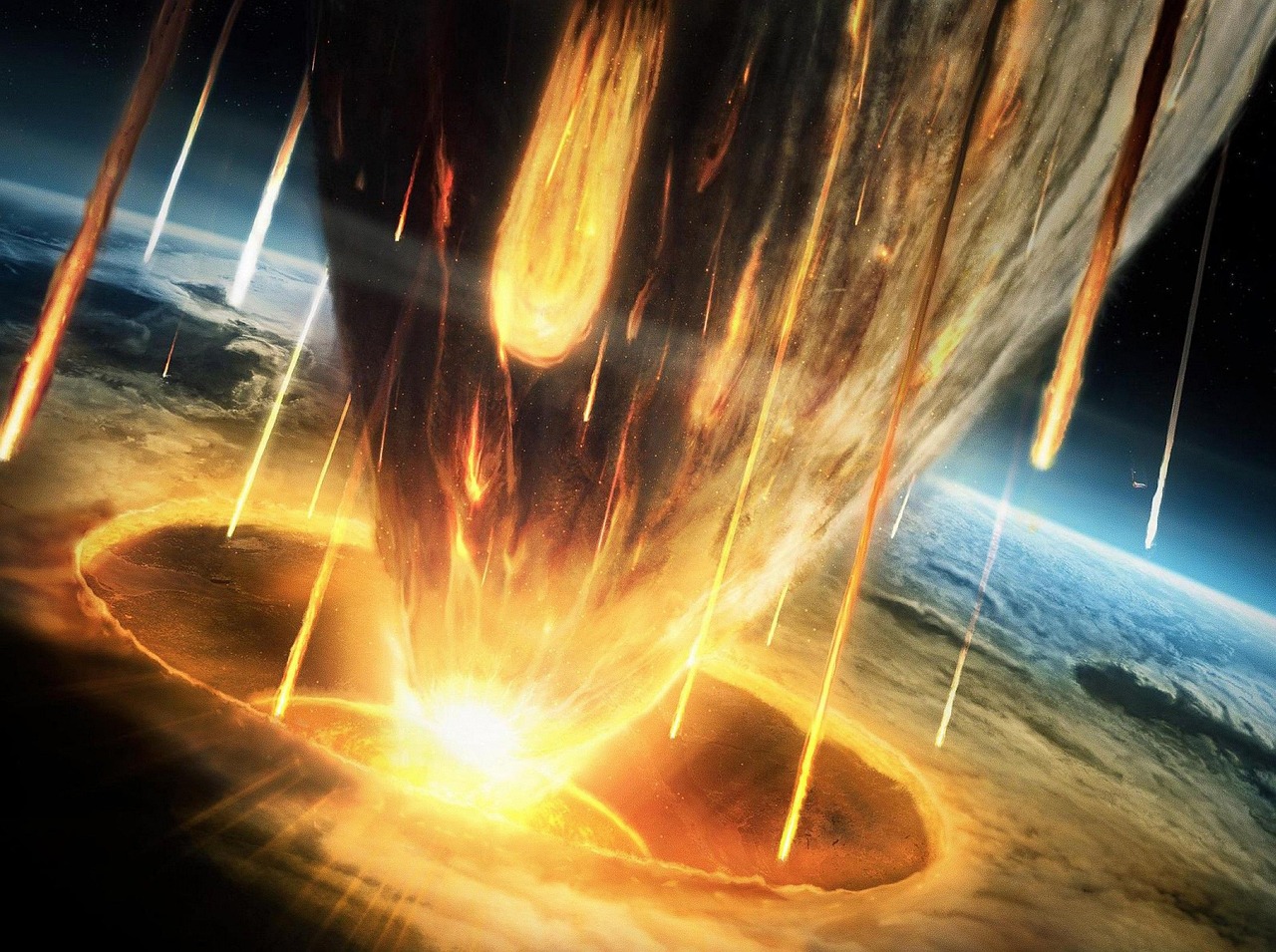
Strong cases can be made that bolide (i.e. meteor) impacts, large igneous province (LIP) eruptions and bioevolutionary events have each triggered one or more of the Phanerozoic Big Five mass extinctions, and that tectono-oceanic changes have triggered some second-order extinction events. Among the Big Five mass extinctions, the end-Cretaceous biocrisis is an example of a bolide-triggered carbon-release event, the end-Permian and end-Triassic biocrises are examples of LIP-triggered carbon-release events.
Numerous studies over the past 30 years have suggested there is a causal connection between the motion of the Sun through the Galaxy and terrestrial mass extinctions or climate change. Proposed mechanisms include comet impacts (via perturbation of the Oort cloud), cosmic rays and supernovae, the effects of which are modulated by the passage of the Sun through the Galactic midplane or spiral arms.
Although some researchers disagree, it is generally recognized that there is no direct evidence of astronomical reasons for the periodicity of biota extinctions on the planet Earth, highlighting the ongoing scientific debate about cosmic influences on mass extinctions.
The Voyager Mission and Planetary Alignment
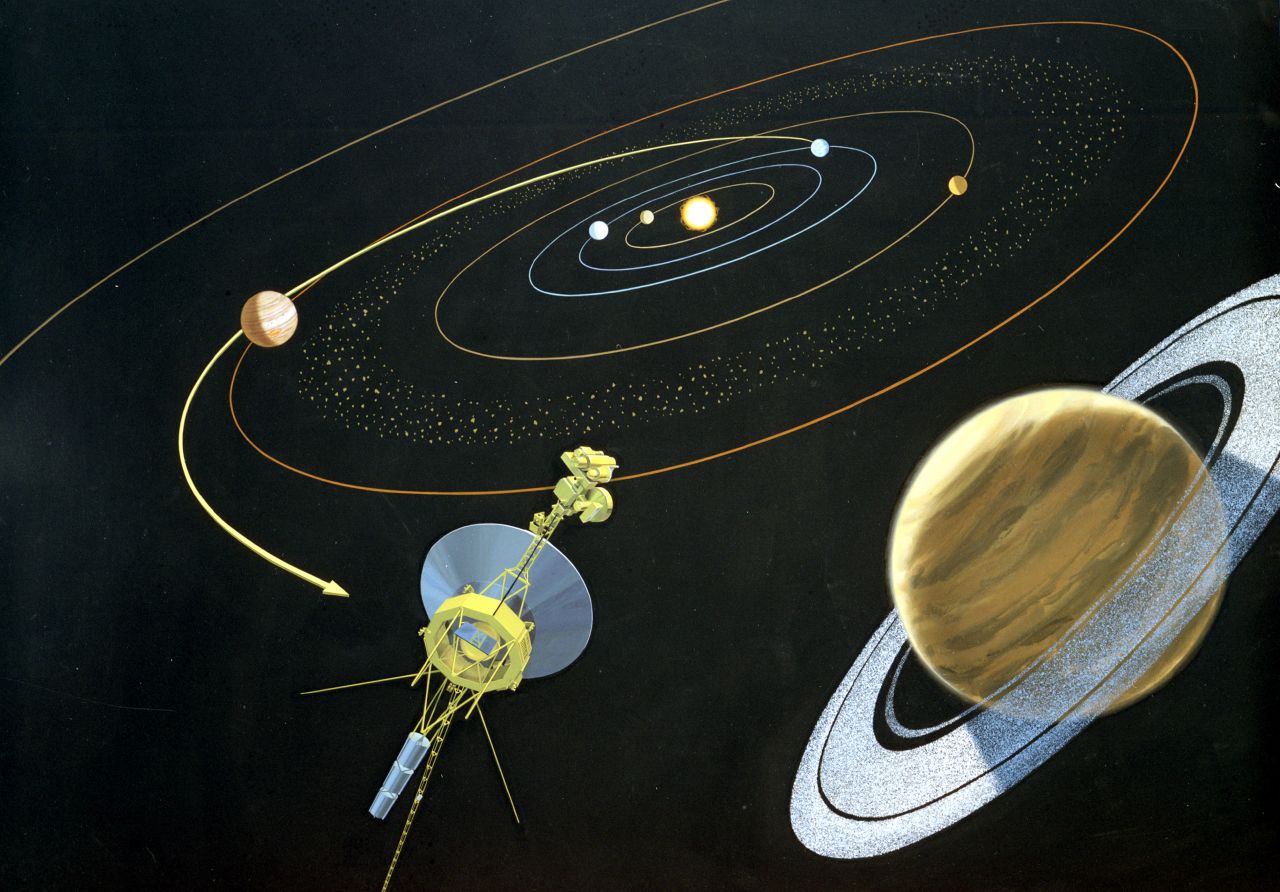
Voyager 2 was targeted to a Jupiter flyby and then to Saturn, where Saturn’s gravity would send it on to Uranus and Neptune, taking advantage of a planetary alignment that happens at intervals of approximately 175-176 years. This rare alignment enabled one of humanity’s most successful space exploration missions.
NASA’s Voyager 2 mission took advantage of a rare planetary alignment of the four outer planets during the late 1970s and 1980s. Such an alignment, which only occurs about every 175-176 years, allowed the mission to fuel-efficiently explore the outer reaches of the solar system. This demonstrates how understanding planetary mechanics can provide practical benefits for space exploration.
The Voyager missions perfectly illustrate how planetary alignments, while not causing catastrophic Earth changes, can offer tremendous scientific opportunities when properly understood and utilized.
Looking Forward: Future Climate Implications
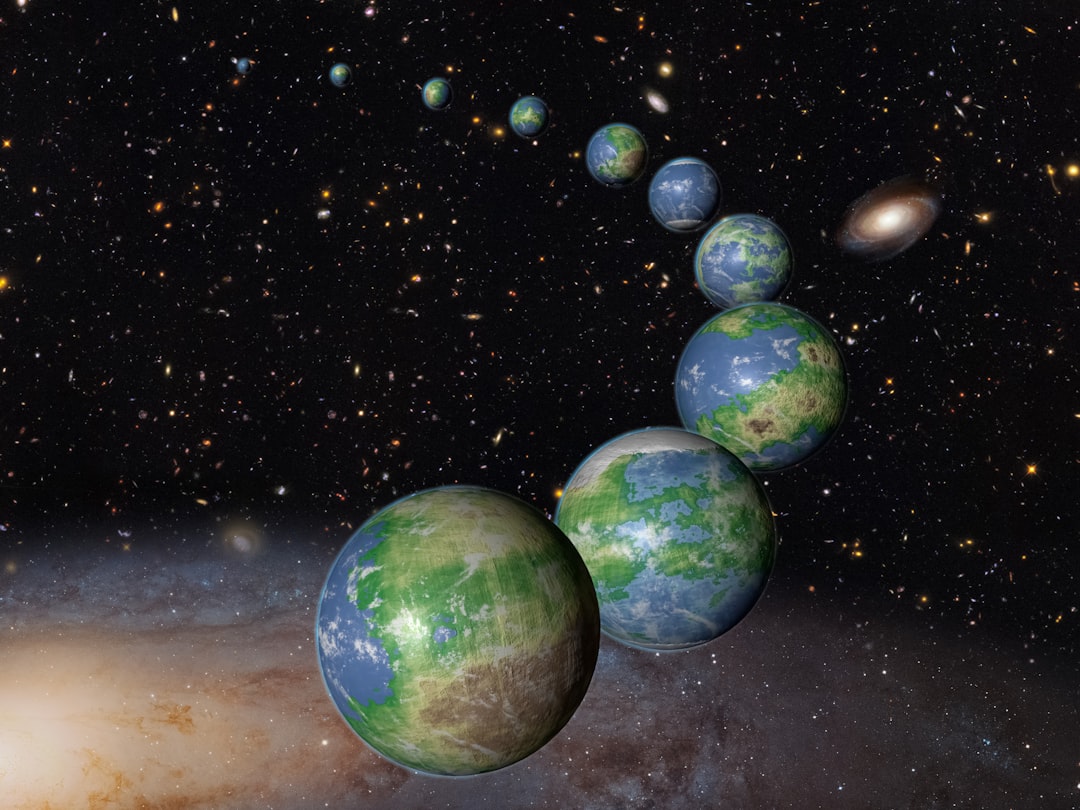
Up to now, researchers are able to calculate the relative motions of the planets and their possible effects on our climate with reasonable reliability back only about 60 million years – a relative eyeblink in the 4.5 billion-plus life of Earth. Over the last 150 years, Milankovitch cycles have not changed the amount of solar energy absorbed by Earth very much.
If there were no human influences on climate, scientists say Earth’s current orbital positions within the Milankovitch cycles predict our planet should be cooling, not warming, continuing a long-term cooling trend that began 6,000 years ago. This stark contrast highlights how human activities have overwhelmed natural planetary climate cycles.
Kent says we’re likely in the middle of the cycle when Earth’s orbit is almost circular. This means the swing is not causing climate disruptions. It’s most likely that any changes we are experiencing comes from outsized human input in the release of greenhouse gasses. Understanding these natural cycles helps scientists distinguish between cosmic and anthropogenic climate drivers.
Looking at Earth’s vast history, planetary alignments have indeed shaped our world in profound ways. From the ice ages triggered by Milankovitch cycles to the gravitational dance that enabled the Voyager missions, these cosmic relationships continue to influence our planet. Though current alignments won’t cause catastrophic changes, the deep-time effects of planetary mechanics remain one of the most elegant examples of how our solar system operates as an interconnected whole. What’s your take on how these ancient cycles might inform our understanding of future climate changes?

Jan loves Wildlife and Animals and is one of the founders of Animals Around The Globe. He holds an MSc in Finance & Economics and is a passionate PADI Open Water Diver. His favorite animals are Mountain Gorillas, Tigers, and Great White Sharks. He lived in South Africa, Germany, the USA, Ireland, Italy, China, and Australia. Before AATG, Jan worked for Google, Axel Springer, BMW and others.

